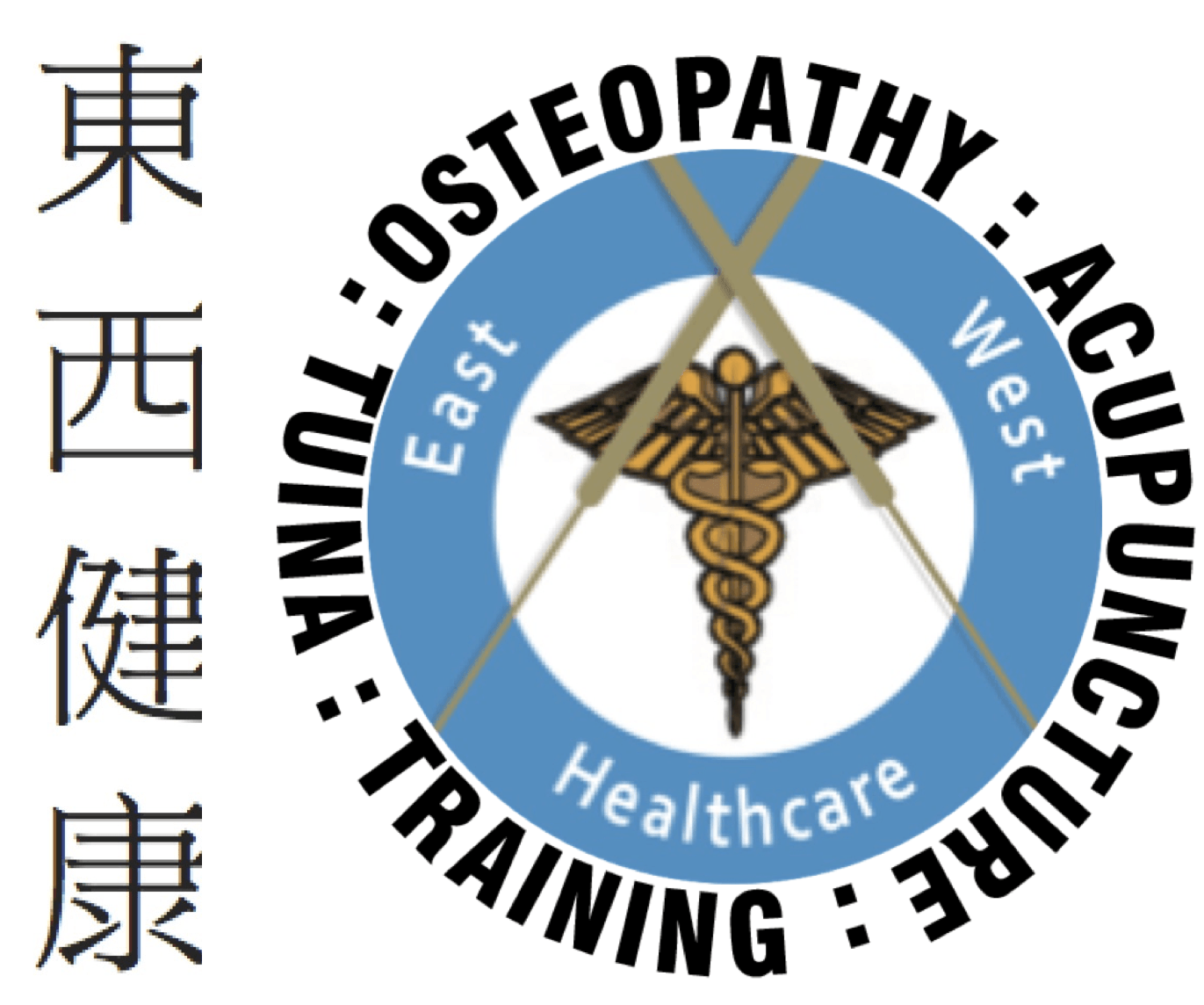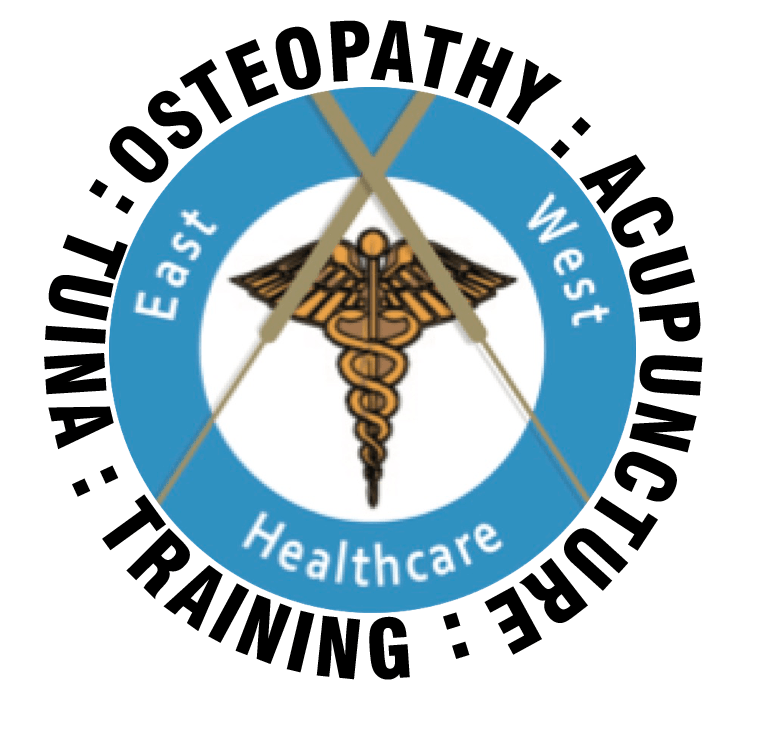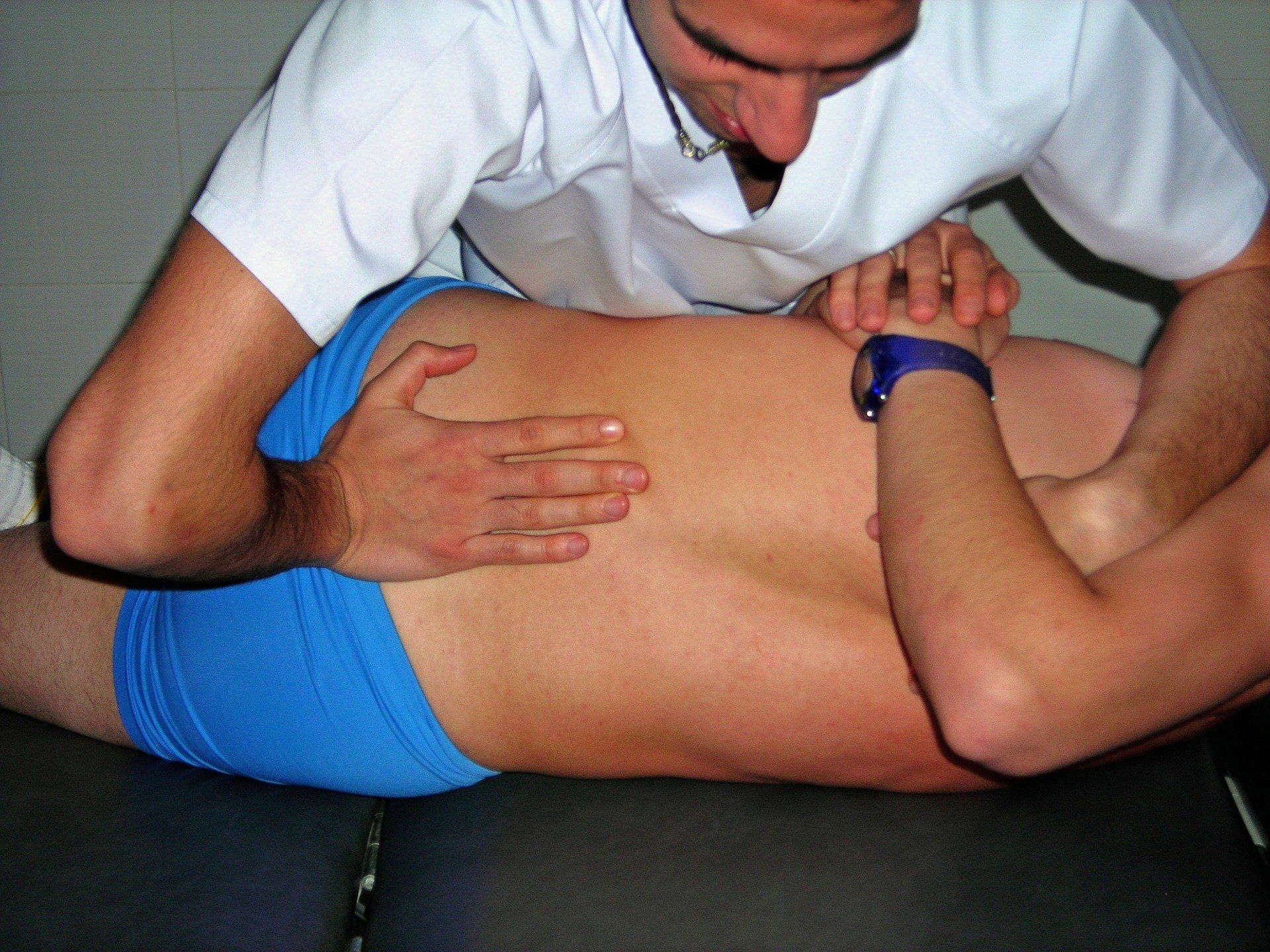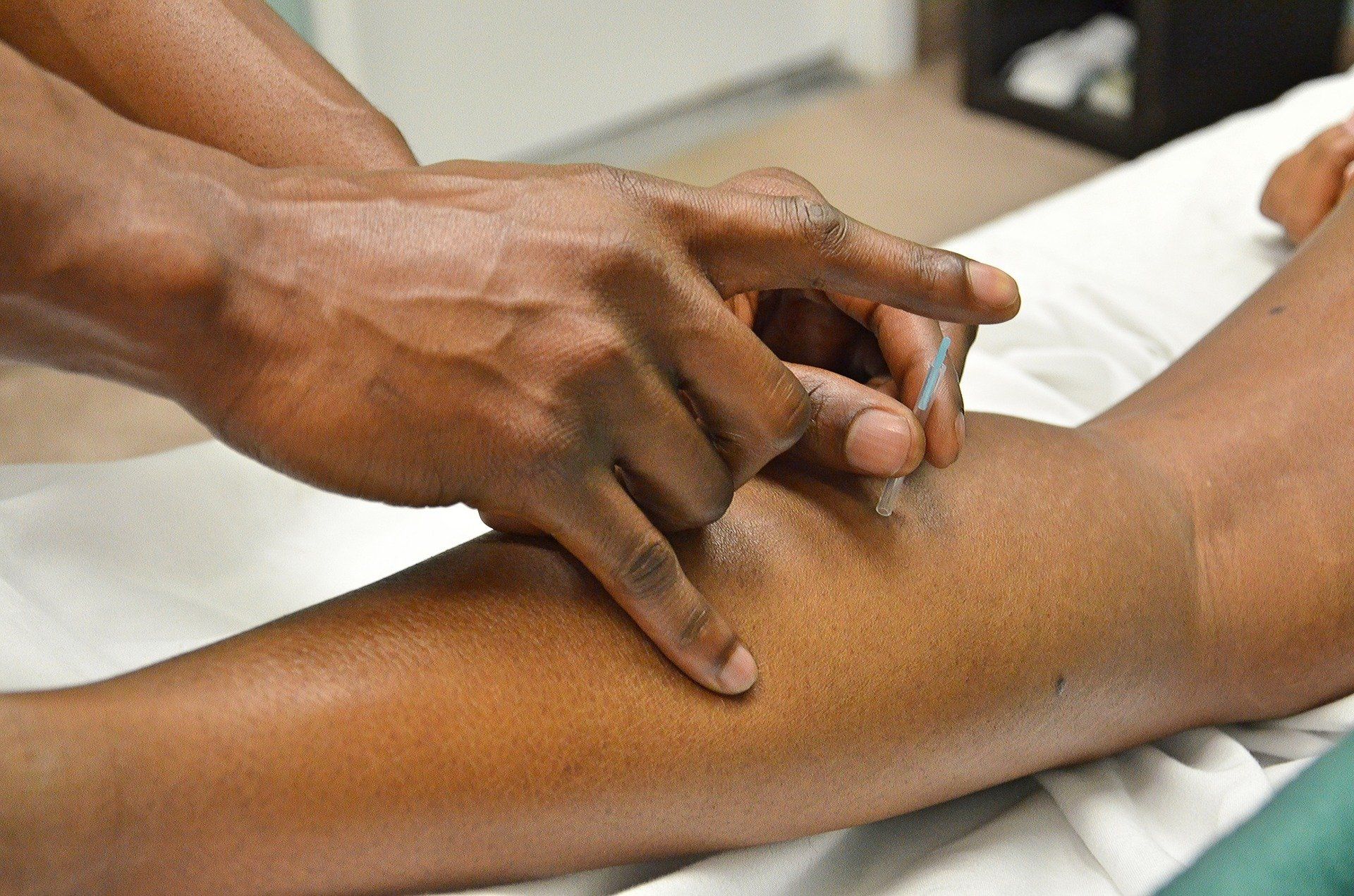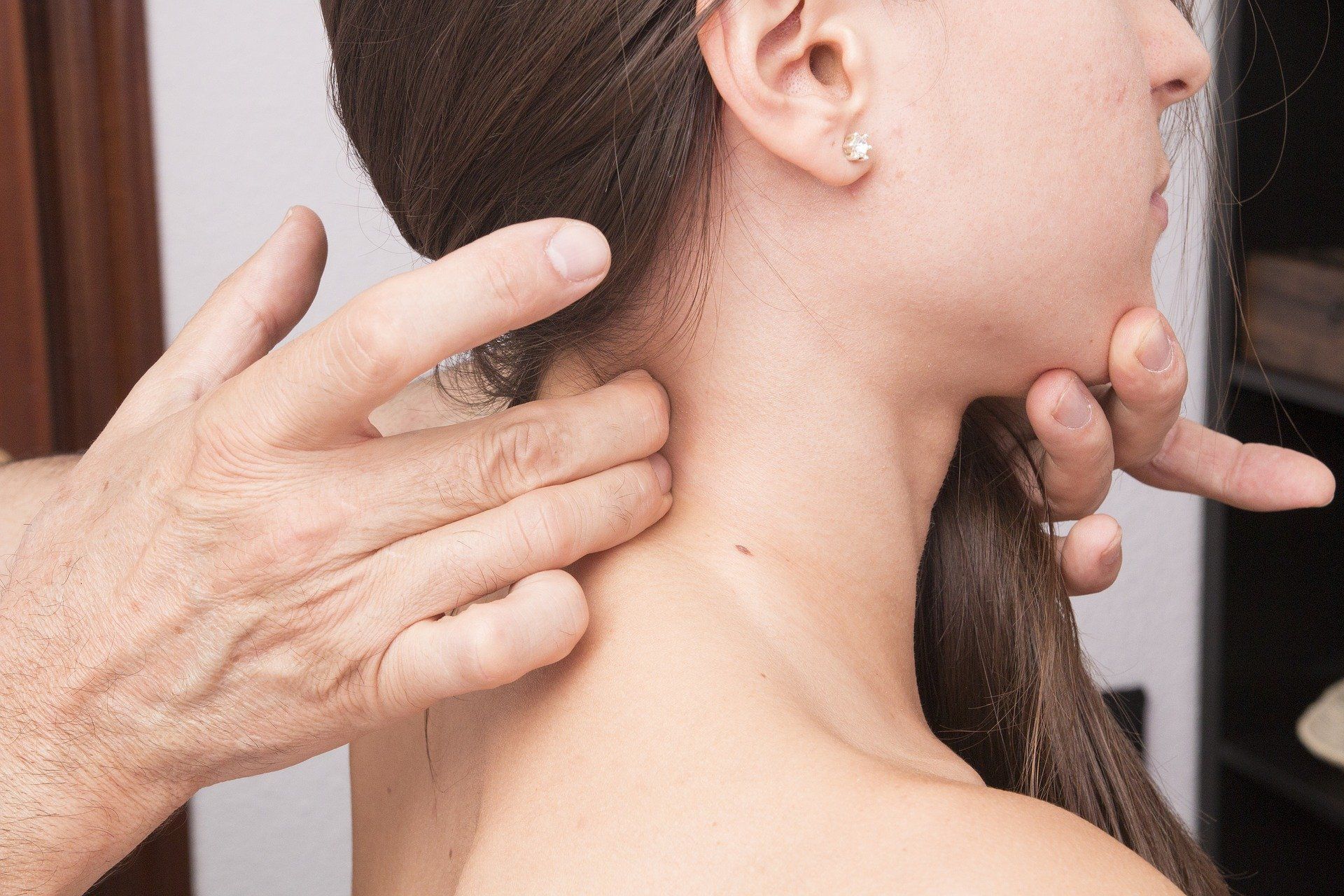Blog
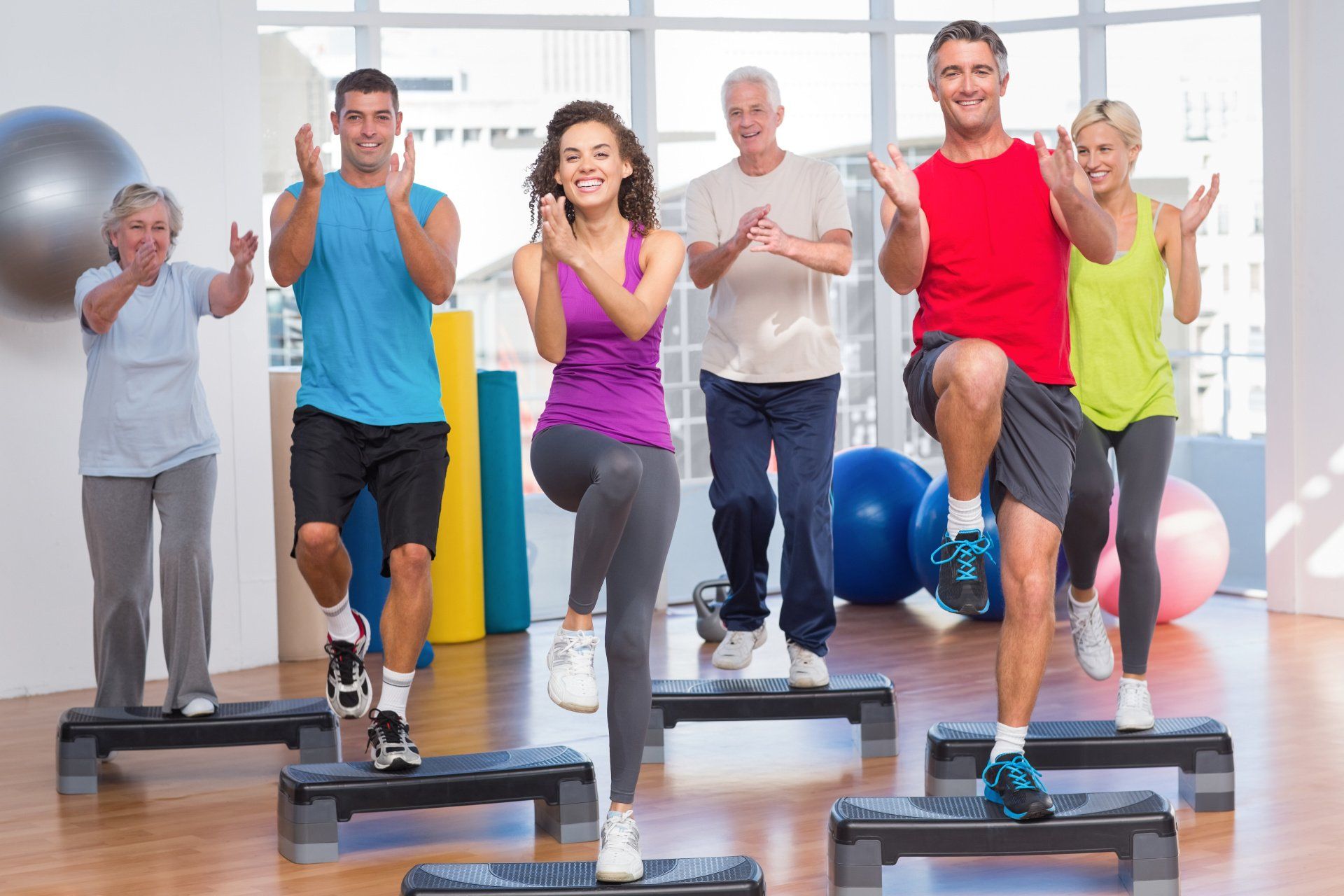
In the first of this 2-part blog on exercise we discussed the fact that, by itself, exercise is a poor way to lose weight, but in conjunction with other lifestyle changes it can help in weight loss and improved quality of life. In this, the second blog regarding movement I hope to offer some practical tips, and reflect on my own journey and how I have had to adapt my approach to exercise and movement over time.
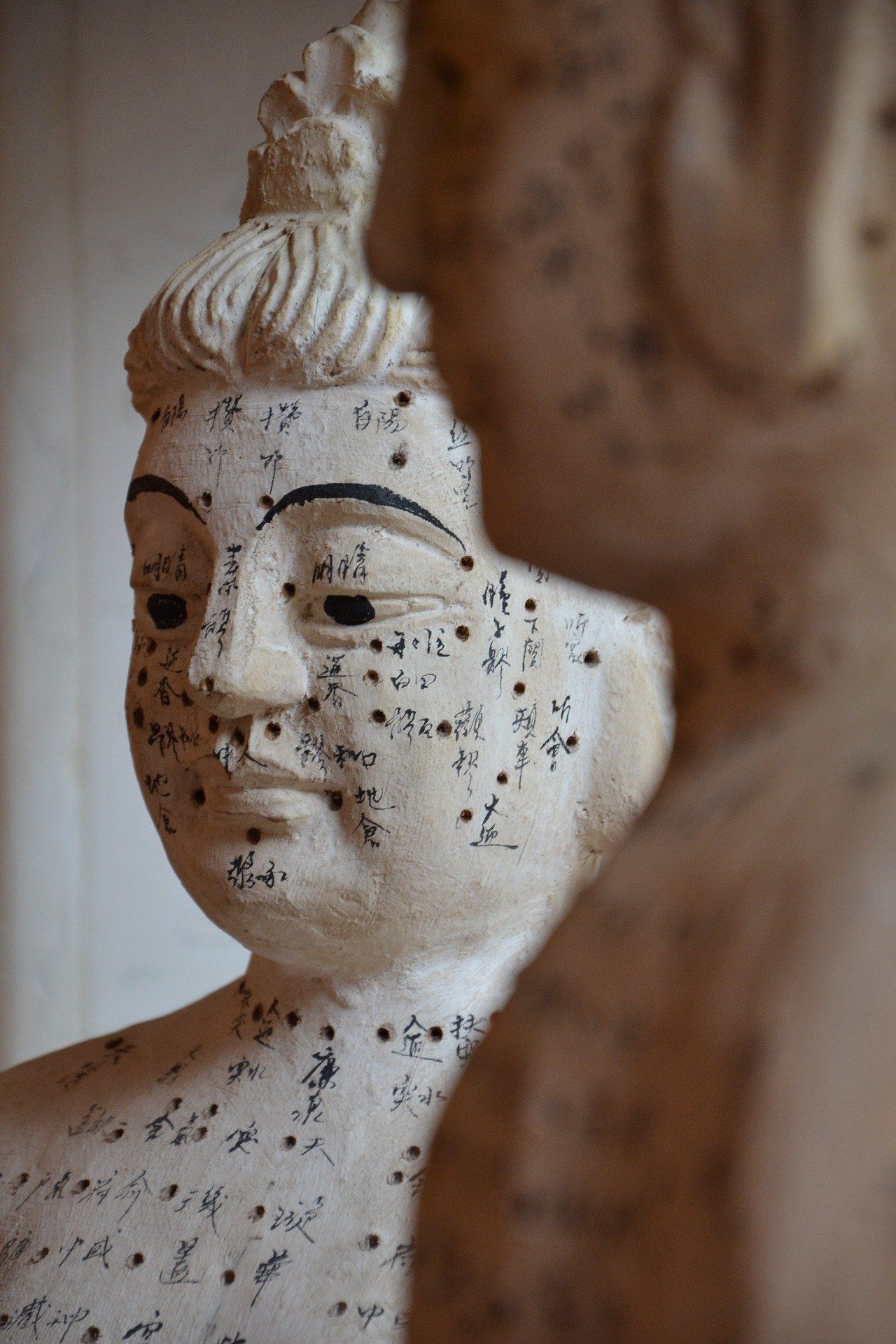
Classical Chinese Medicine was taught very differently than today, and in a very similar vein to classical Martial Arts: The student chose a teacher, and if he was accepted by the teacher had a very long apprenticeship, to prove (literally through sweat, blood and tears) that he (this was a very male-orientated domain) was worthy to receive instruction. This however is not a very useful business model, and is very manpower intensive, inapplicable to a university based system where the priority is to train a lot of people to a safe standard within a certain budget, and: As previously described, this can limit the knowledge base to those only personally experienced by the clinician When dealing with the classical oriental traditions, be it Chinese Medicine or Martial Arts, that context is everything; In China and East Asia (where the culture of ancestor respect and worship was prevalent) to write down procedures that contradicted those that were written down by their predecessors, bordered on sacrilege, and to openly criticise the written word, frowned upon . However in reality, the teacher / disciple relationship provided a clinical filter, the teacher would often say that 'this technique or point would be "more appropriate" than that point'. In martial arts, this filtering was more blunt - those who applied techniques that were less effective, had a very short lifespan and could not pass them onto the next generation!!! Those that wrote the medical texts came from a select group - termed the 'gentlemen physicians'. To be able to write these texts and to support oneself meant you had to come from a certain income stream, and their patients had certain requirements. I remember my teacher in China, Professor Wang Ju Yi who was both steeped in Classical Chinese Medicine but was equipped with a very enquiring (one would say 'Western oriented') mindset and who was willing to question (in a very respectful way) the classics discussed the history of channel palpation. In his opinion the physical palpation of the channels was commonplace in the time when the original classics were written. Although the classics were written between 1,500 to 2,500 years ago, no extant copies remain - the physical copies that are available today are usually Song or Qing dynasty copies and commentaries, which date from only about 1,000 years ago. However during the feudal period, the physical touching of patients (especially those from a higher social class) was frowned upon and emphasis placed on symptom taking, together with pulse and tongue diagnosis. He was of no doubt that the palpation was carried on by the lower class doctors who treated the general population - however they rarely wrote the books!!! On the plus side, the specialisations of pulse, tongue and symptom taking was raised to an entirely new dimension. For further insights into Channel Palpation click onto short 20 minute video below. Alternatively please go to the Applied Channel Theory website, by clicking here , where you will find numerous articles, podcasts and further resources.
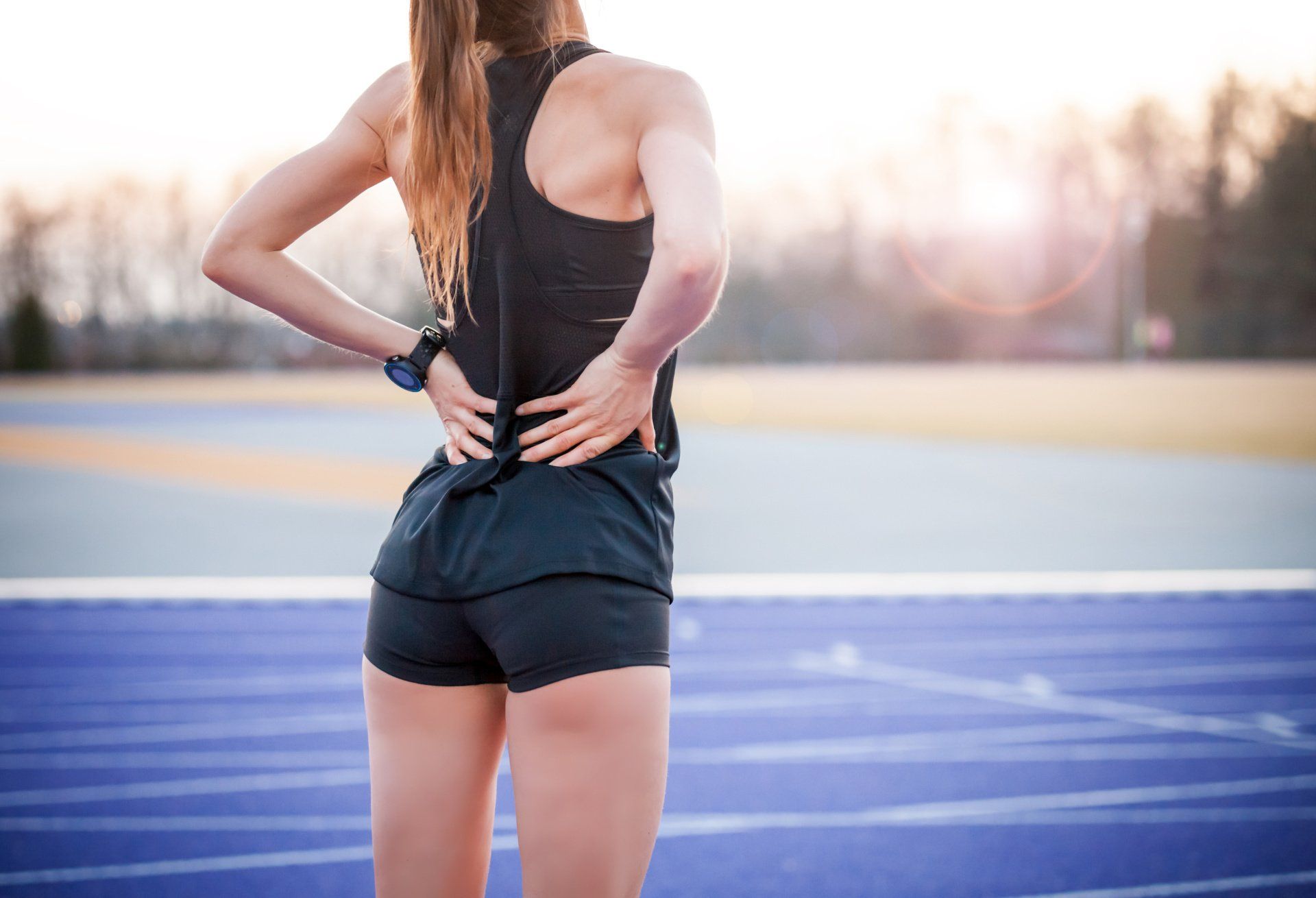
No, I haven't gone mad!! This is not about the cost of takeaway food to Law Enforcement Officers. What have these three acronyms in common - the answer is the evolving treatment of injury. We all are told of conflicting advice about what to do with an injury. "To ICE" or "not to ICE", 'To Rest' or "too much rest is bad for you". This blog hopes to answer some of those questions. If you are not familiar with the acronym R.I.C.E., it is the often used treatment for acute injury and stands for: R - Rest I - Ice C - Compress E - Elevate However this conflicts with the Chinese Medicine concepts of injury management.. The Classical Chinese Medicine (CCM) paradigm holds that pain is caused by stagnation - and whereas the CCM paradigm approves of Rest (in the early stages at least) and Elevation (to help in the reduction of swelling) it tends not use Ice or Compression, since it is felt that these two will increase stagnation and may slow the healing process. CCM prefers to utilise herbal poultices or plasters that are energetically cooling, but still promotes moving of Qi and Blood (including lymph and other fluids). If plasters were not available, then a cold compress in the initial stages could be used (but for no more that 5 minutes every hour) to help with the acute pain. This dichotomy often led to heated discussions between myself and some of my Western Medicine tutors - however it seems that the ICE model may be due for an upgrade !! Latest research seems to support the idea of Resting for the first 24-48 hours after acute trauma to stop further injury (Bleakley et al, 2012) - however too much rest can actually cause more harm than good (hence that is why many post-surgical regimes have patients up and mobile much sooner than was the case 10 or 20 years ago). It seems that excessive rest can cause joint stiffness and weakness and may lead to a change in biomechanics due to adaptation and compensation by neighbouring structures, increasing the possibility of re-injury. Again, according to that 2012 study the evidence supporting the use of Ice is mainly anecdotal (focusing mainly on its analgesic effects) together with the use of compression. As was pointed out by Dr Bahram Jam from the Advanced Physical Therapy Institute (Jam, 2020) humans have spent about 7 million years evolving an effective method of tissue repair post injury - initiated by the inflammatory response. Inflammation prevents further damage, stops infection and kick-starts the repair process (termed proliferation and remodeling). Blood vessels dilate and become 'leaky' (permeable) thereby; Allowing the arrival of white blood cells (leukocytes) to kill off any infection and to signal reinforcements (in the shape of cell eaters or macrophages) to help mop up the damage.; Any waste products and excess fluid are then removed by the lymphatic system - which (unlike the cardiovascular system) does not have its own pump and relies mainly on movement, skeletal muscle contraction and breathing for lymphatic drainage. Whereas icing modulates pain, it also limits muscle contraction (Bleakley, 2012) which may then also temporarily effect lymphatic drainage at the site. Ligaments and tendons, both of which have a poor blood supply normally, may be adversely affected by too much ice, which constricts blood vessels and theoretically may reduce healing. The ICE model was then revised to PRICE,. However the model currently in favour is P.O.L.I.C.E.: P - Protection - this aims to reduce further damage to the injured area by using devices (such as crutches, braces or supports - traditionally associated with rest) to avoid complete rest and still move, whilst protecting the area; OL - Optimal Loading - this refers to the start of gentle movement of the injured area. Controlled mechanical loading up-regulates gene expression of proteins that are used in soft-tissue healing (Bleakley, 2012) thereby prompting healing at a cellular level. The problem is that if tissues are stressed to much, too early further damage could be caused. Guidance can be given at the clinic regarding exercises that progressively load the area to promote healing and increase proprioception. Optimal Loading also prevents problems such as muscle tightness or muscle wasting that can happen form too much rest; I - Ice, applying ice (putting a towel between the ice pack and skin, avoiding ice burns) to the injured area for 10 minutes every 2 hours; C - Compression - gentle compression of the injured area with a bandage may minimise swelling - however insure there is not skin colour changes or pins-and-needles since it may be too tight; E - Elevation In addition, the use of Anti-Inflammatory pain killers (e.g. Ibuprofen) in the acute stages (usually 24-48 hours post injury) is now frowned upon since, as had been described, inflammation is required for the healing process and a key response to tissue damage. If necessary, paracetamol could be used for analgesia. Click here to download a brief advice leaflet, or look at the video below for further information.
